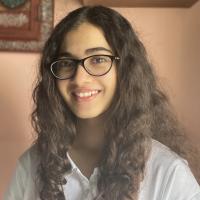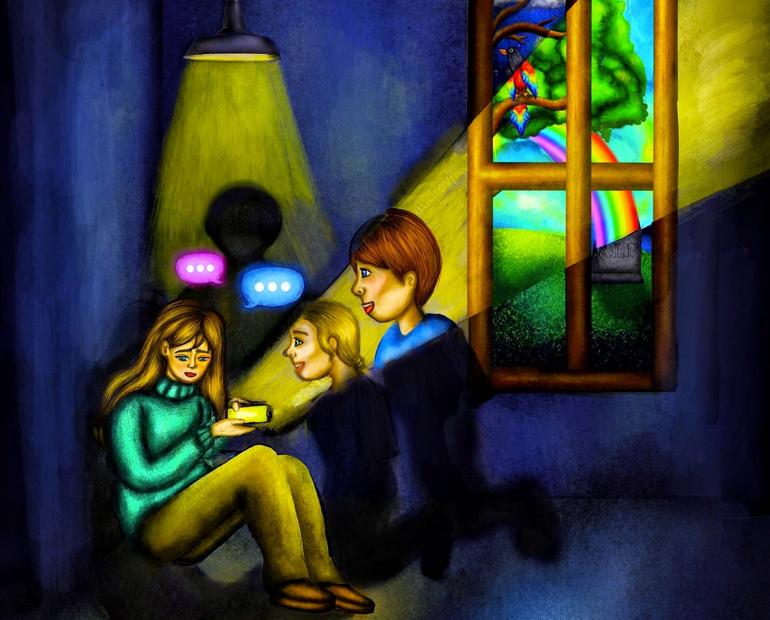
For centuries, India has been the beacon of culture around the world; with a divine appreciation and respect for the arts. Classical Indian Dance is an art that forms the very base of this nation, beaming with expressions of over 50 dance forms. Every evening, you see young girls in their crisply ironed white kurtas on their way to riyaaz (practice); if you pay attention, you can hear the slight jingling of ghungroos (anklet bells) peeping from their jute, mirrorwork bags.
Natya means drama. It means emotions and expression and feelings. The scowling of our brows when we’re upset is Natya; a smile of joy is Natya; the depiction of Radha Krishna in dance is Natya. Mainly used to convey stories or folk tales, Natya has become a widespread form of art in the Indian subcontinent— taking shape in street plays in villages as well as grand Kathak shows in metropolitan cities. Grandparents reenacting stories of their childhood, the growing style of a teenager, everything is Natya. From acts on important socio-political issues to a nonchalant game of charades, drama is the very face of this vast nation. Expression is something that cannot be taught, it is simply felt.
What is Nritta?
From the simple act of adding sugar to a cup of tea to performing 10-minute long taraanas, everything is nritta. Nritta refers to the rhythmic movements of the body and portrays the beauty of pure space and time. It has no expression other than that of the body and is hence classified as the simple movement of dance, with no intrinsic meaning. Focusing purely on detail, nritta takes years to learn, and even longer to master. The movements of each finger are accounted for, hastaks not relating to anything but the various lines and patterns in the world, where no mistakes are tolerated.
Thus, the combination of both Nritta and Matya gives birth to Nritya. The expressions of the face combined with the systematic movement of the body give us an amalgamation of a story and a melody. An integral part of sangeet is Nritya— the visual aid conveying life to the audience. The lifting of the eyebrows paired with the Tatkaar of the feet come together to present Nritya. The etymology comes from the “Nrit” of nritta and the “tya” of Natya: thus solidifying what we already know: that Nritya takes the beauty of both the aspects and combines them in a beautiful manner giving birth to all kinds of dance— kathak Bharatnatyam etc. Thus, Nritya can be considered an expressional dance, conveying the meaning of an idea or subject.





